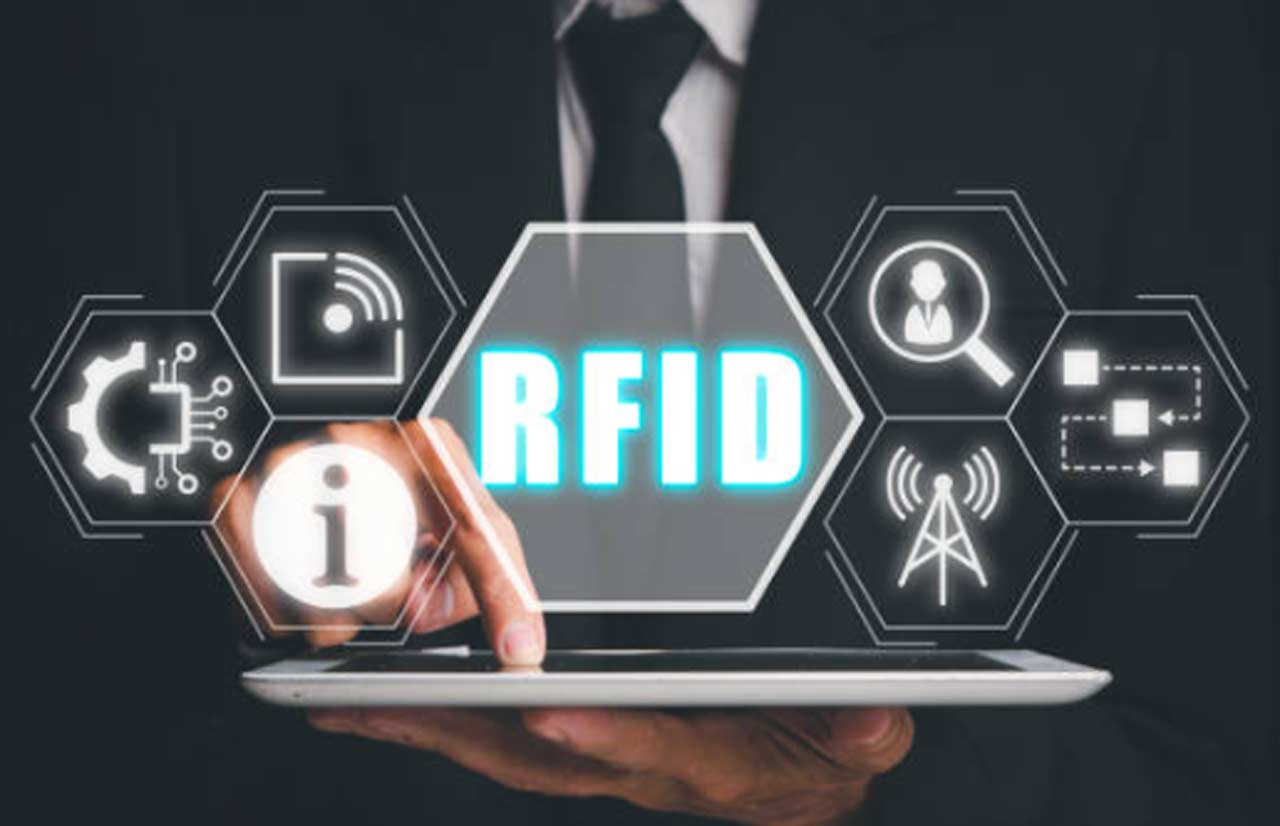 Due to its adaptability and evolution, RFID technology appears to be a viable field in RFID is anticipated to become extensively employed in many different industries due to advancements in tag technology, technology integration, and an emphasis on efficiency and data-informed decision-making. This article examines the trends and developments affecting the future of RFID technology and offers forecasts for the years after 2025.
Due to its adaptability and evolution, RFID technology appears to be a viable field in RFID is anticipated to become extensively employed in many different industries due to advancements in tag technology, technology integration, and an emphasis on efficiency and data-informed decision-making. This article examines the trends and developments affecting the future of RFID technology and offers forecasts for the years after 2025.
The Current State of RFID
In the past, RFID systems used tags with limited data capacities and short reading ranges, which restricted their use cases. However, recent advancements have resulted in smaller, more flexible tags with longer reading ranges and significant memory. Because of these developments and falling costs, an increasing number of applications are finding RFID to be a more appealing solution.
Future RFID Trends That Are Emerging
The following major developments will impact RFID in 2025:
The Internet of Things (IoT) and Artificial Intelligence (AI): This setup enables data procedure collection, examination and automation. For example by attaching RFID tags to products in a warehouse it becomes possible to track stock levels and trigger orders when supplies begin to run. Furthermore AI can analyze the data flow to predict demand patterns and improve inventory management.
Miniaturization and Sensor Integration: Discreet and smaller RFID tag designs are becoming the norm. These tiny tags can be incorporated into various items, including food packaging, medical equipment, and clothes. Furthermore, environmental data such as temperature, pressure, and even location can be recorded by tags thanks to sensor integration. Applications include monitoring temperature-sensitive items during transportation.
Emphasis on Sustainability: Creating environmentally friendly RFID solutions is becoming increasingly important. This involves looking into bio-based substitutes and building tags out of recyclable materials. Reprogrammable reusable tags are also becoming more popular as a way to cut waste and advance sustainability.
Enhanced Security: One of the most essential aspects of new RFID technology is still security. Modern authentication and encryption techniques developments guarantee the safe transfer and archiving of information gathered by RFID tags. Applications like contactless payments and sensitive item tracking especially require this.
Blockchain Integration: Data related to RFID tags can be safely and impenetrably stored using blockchain technology. This integration improves product authenticity and deters counterfeiting by enabling transparent tracking of commodities across the supply chain.
Read Also: Mobile Payments: The Future of Cashless Transactions
New RFID Technology in 2025
Here are a few innovative new RFID technologies that are making a significant impact in 2025:
Passive Backscatter Tags with Extended Range: These novel tags communicate with readers by ambient radio waves, disregarding the need for batteries. This means that tags will last longer and cost less. Furthermore, developments are expanding these passive tags’ reading range, which qualifies them for applications needing broader coverage regions.
Active RFID Tags with Advanced Functionality: These tags come with a built-in battery that enables them to transmit data continuously or in reaction to triggers. By 2025 active tags are expected to feature increased memory capacity, allowing them to store information. These tags prove beneficial for tasks such as data gathering and live monitoring, as they can be enhanced with sensors.
Ultra-High-Frequency (UHF) RFID for Extended Range Uses: High Frequency (UHF) RFID technology for longer distances. The former provides enhanced reading capabilities when comparing UHF RFID tags to traditional low-frequency tags. This makes them well-suited for overseeing livestock across regions or monitoring warehouse inventory. With improvements in UHF technology that will increase scanning accuracy and tag capacity by 2025, monitoring objects across long distances will be feasible.
Near-Field Communication (NFC) Tags for Integrated Mobile Devices: NFC tags are a specific type of RFID tag designed to interact with these mobile devices. Smartphones and other devices support NFC. These NFC tags are integrated into the devices for functionality. These integrated mobile devices have NFC tags installed. By 2025, NFC tags will be used for device data interchange, contactless payments, and product authentication.
Conclusion
RFID usage is accelerating across various industries thanks to developments in tags, integration with other advancements, and a rising emphasis on efficiency and data-driven insights. We anticipate even more uses for the technology as it develops and a time when RFID is crucial to improving security, expediting procedures, and building a more intelligent and connected society.







